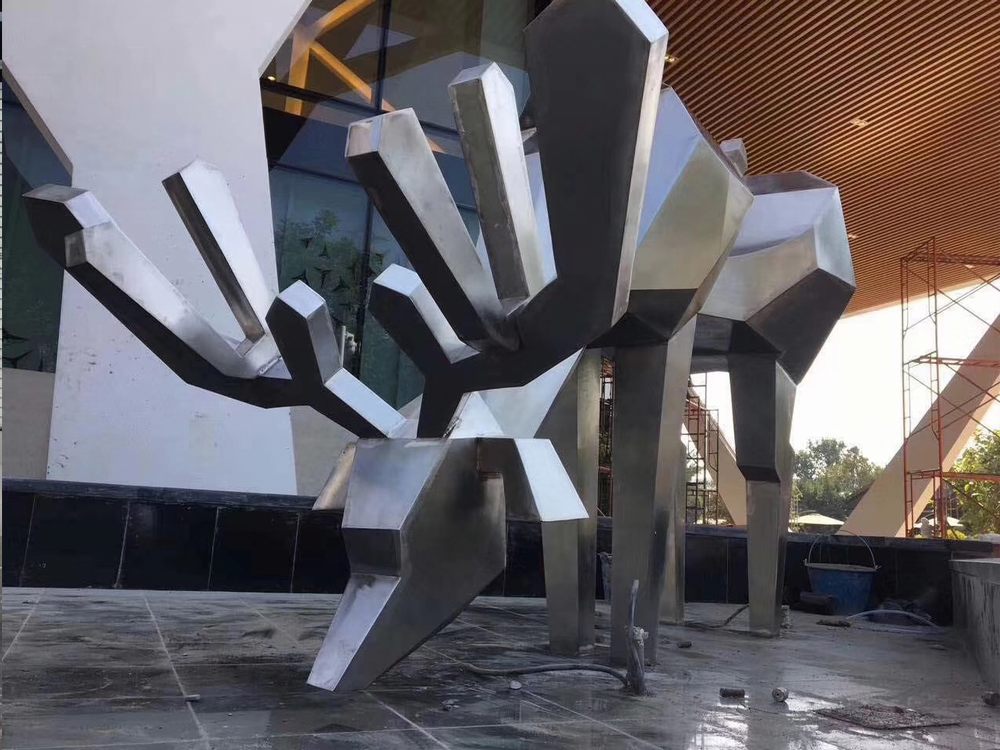
Stone sculptures in earthquake-prone regions have endured for centuries, thanks to a combination of ancient engineering techniques and natural material properties. One key factor is the use of monolithic designs—carving sculptures from single blocks of stone—which eliminates weak joints prone to failure during tremors.
Many ancient cultures employed tapered bases or flexible foundations that allow slight rocking motions during quakes, dissipating energy rather than resisting it rigidly. The weight distribution of sculptures also plays a crucial role, with lower centers of gravity providing stability against lateral forces.
Some temples in seismic zones feature interlocking stone construction without mortar, creating structures that can shift slightly during quakes before settling back into place. Modern studies reveal that the natural frequency of vibration in many ancient stone monuments differs from typical earthquake frequencies, reducing resonance effects.
Contemporary preservation efforts now combine these historical techniques with modern seismic isolation systems, ensuring these cultural treasures continue standing for future generations to admire. The enduring presence of these sculptures stands as testament to our ancestors' understanding of structural dynamics long before modern engineering principles were formalized.

